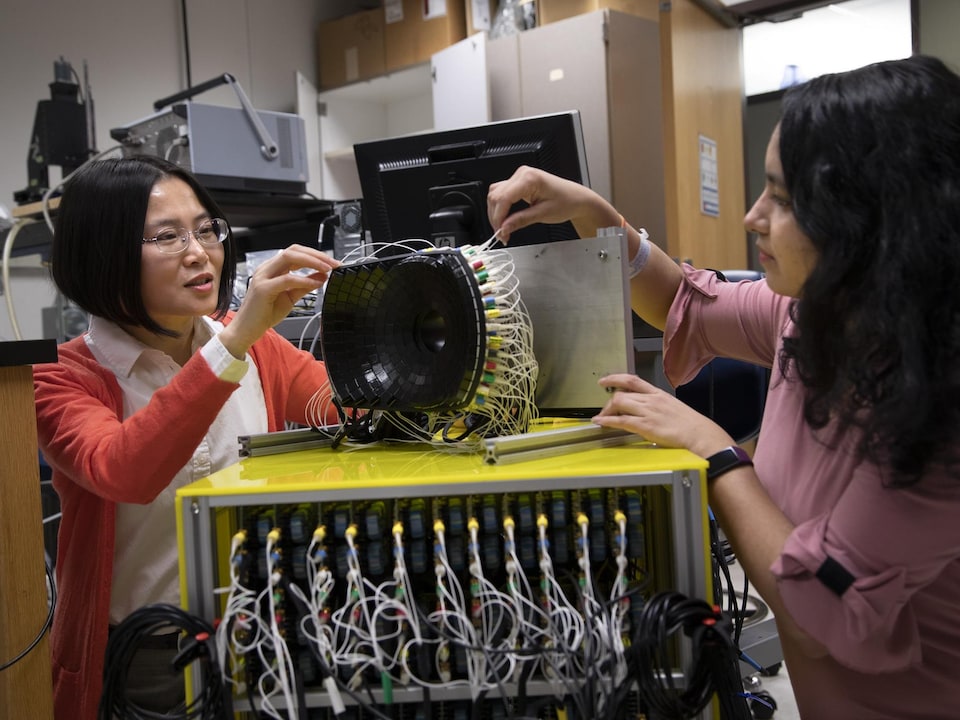Non-invasive sound treatment destroys liver tumors in rats, kills cancer cells and stimulates the immune system to prevent further spread, U.S. scientists say.
Treatment reduced the volume of liver tumors by 50% to 75%, then the immune system of the rats cleared the rest, without signs of recurrence or metastasis in more than 80% of the animals.note the authors of the work published in the journal Cancer (New window) (in English).
Although we did not target the entire tumor, we still managed to make it regress, but also to reduce the risk of developing metastasis.explains in a press release biomedical engineer Zhen Xu, who has developed the technique since 2001 with colleagues from the University of Michigan.
The procedure is called histotripsy. Histories means cloth in ancient Greek, and tripsis friction, or grinding.
Ultrasound has been used for decades in medicine in ultrasound scans that use sound waves to make pictures of the inside of the body, helping doctors make diagnoses. Researchers at the University of Michigan were the first to test these waves in a treatment.
Histotripsy may eventually be added to treatment options that require precise ablation and removal of certain tissues in the case of cancers or neurological diseases. Moreover, the method is currently the subject of a clinical trial (#HOPE4LIVER) conducted on approximately forty participants to verify its interest in treating liver cancer in humans.
ultrasonic pulses
Histotripsy allows mechanical division of the tissue structure using several short, high-intensity sound pulses. The ultrasound focuses energy towards a target with millimeter accuracy, which means there is no damage to the surrounding tissues.
Our transducer emits ultrasonic pulses […] called acoustic cavitations that pump into the tumor to break it downsaid Pre Xu.
These pulses form microbubbles in target tissues that rapidly expand and recover. These violent, but extremely localized mechanical stresses kill cancerous cells and break down the tumor structure.
Targeted tissues eventually die without the harmful side effects associated with surgery, radiation therapy or chemotherapy.
The intensity of the ultrasounds used is hundreds of times greater than current ultrasounds. This is similar to lithotripsy used to break down kidney stonessaid the researchers.
Useful in particular cases
In many cancer cases, an entire tumor cannot be directly targeted by current treatments because of the size, location or even progression of the cancer.
According to the researchers, histotripsy showed its value in less than optimal conditions.
Histotripsy is a promising option that can transcend the limitations of currently available techniques and provide safe and effective non-invasive ablation of liver tumors.said Tejaswi Worlikar, doctoral student in biomedical engineering and one of the authors of the work.
We hope that data from this study will lead to preclinical and clinical histotripsy trials, with the ultimate goal of creating a histotripsy treatment for people with liver cancer.
The Canadian Cancer Society estimates that approximately 3,300 Canadians will be diagnosed with liver cancer in 2021 and 1,600 Canadians will die from it.
Source: Radio-Canada
